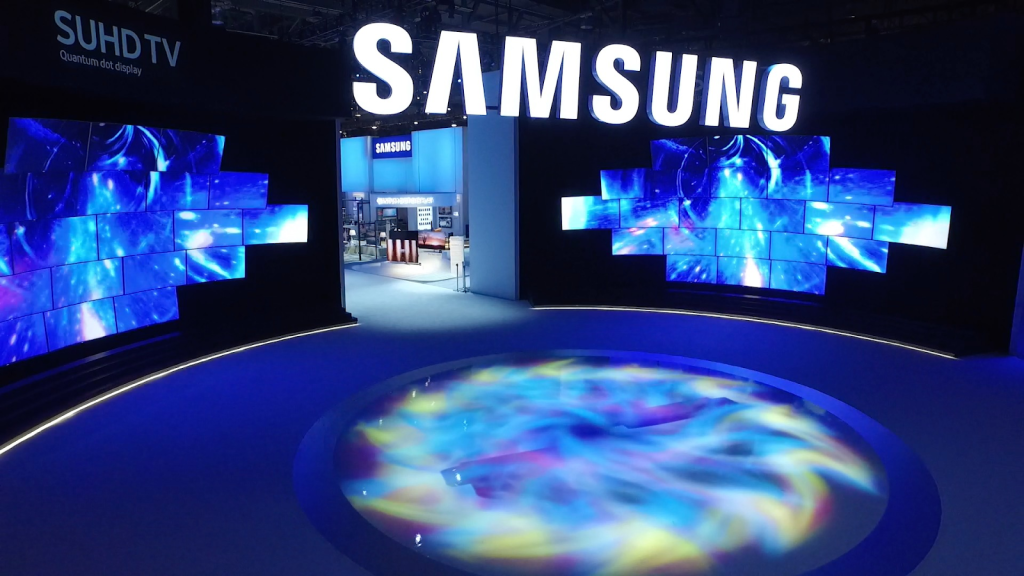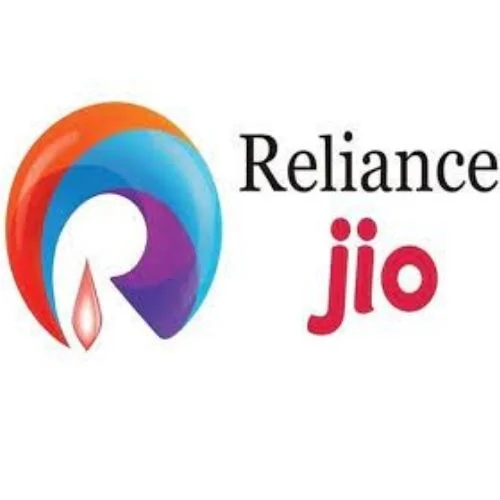Buckle up for the Samsung story! It all started way back in 1938 when this man named Lee Byung-Chul kicked off Samsung in South Korea. The country was under Japanese rule, but Lee had some serious vision. He wanted to make Korea self-sufficient, so he started selling local goods like fish, veggies, and fruit to other countries. Smart move, right?
But Lee wasn’t satisfied with just trading. He had bigger dreams. In the late ’50s, Samsung jumped into the sugar refining business. Sweet! Then, in the groovy ’60s, they ventured into textiles and insurance. Talk about branching out!
But wait, it gets even crazier. In the ’70s, Samsung got into shipbuilding, construction, and even petrochemicals. They were unstoppable!
But the real game-changer came in the late ’60s when Samsung decided to dive headfirst into the electronics industry. They rocked the world with their first black-and-white TV in 1969. From there, they took off like a rocket. By the ’70s, they were dominating the Korean electronics market. And in the ’80s, they went full throttle, making everything from fancy home appliances to wicked computers and kick-ass mobile phones. They became a global tech superstar!
And now, here we are, living in a Samsung world. They’re the kings of consumer electronics, smartphones, and all things tech. Seriously, they can do it all!

Img Source: https://blog.logomyway.com/
Four Groups, One Legacy, and a Tech Empire’s Evolution!
After the big boss Lee Byung-Chul passed away in 1987, Samsung had to split up into four groups. It’s like they had their own little squads!
The first one, Samsung Group, was the big cheese, handling most of Samsung’s businesses. They were into everything from electronics to engineering and even financial services.
Then you got the Shinsegae Group, all about retail and department stores.
Next up, is the CJ Group. These guys were all about food, entertainment, and chemicals. They knew how to tickle your taste buds and keep you entertained.
And last but not least, Hansol Group. They were all about telecommunications and media. Keeping you connected and entertained through all those channels.
Since the split, Samsung has been rocking and rolling. They’ve become a global powerhouse in the tech world, making all kinds of cool gadgets like phones, TVs, and appliances. It’s like they’re everywhere!
Samsung’s Business Model: Bouncing Back, Taking Risks, and Dominating the Tech World
- Quick learner: Samsung knows how to bounce back like a boss. They learn from their mistakes and come up with a bunch of dope devices that the market loves. They’re the ultimate “fast follower” with killer features and smart marketing.
- Risk-taking abilities: These guys aren’t afraid to take risks. They use their cash wisely and diversify like crazy. If one sector goes down, they’ve got other areas to back them up. It’s like they’re playing the business game on expert mode.
- Diversification in business: Samsung is all over the place, and in a good way. They’re not just a smartphone company, they’re into chips, TVs, appliances – you name it. They’re like that friend who’s into everything cool.
- Cost Advantage: They’ve got a ninja-like cost advantage. By making their own parts, they keep production costs low and stay flexible. It’s all about efficiency.
- Holdover Management: They may have a bit of an old-school, family-driven vibe, but it’s working for them. They’re a big deal in South Korea and a global business giant. They’ve got that special sauce that keeps them on top.

Img Source: https://news.samsung.com/
Samsung Group has been scooping up some amazing companies along the way.
Harman International: In 2017, Samsung got their hands on Harman International, the big shots in audio and infotainment systems for cars, consumers, and pros. They wanted a piece of the connected car action, and this acquisition was the ticket.
LoopPay: Back in 2015, Samsung snagged LoopPay, a startup rocking the mobile payment game. They wanted to give Apple Pay a run for its money and make sure you could pay for stuff with your phone like a boss.
SmartThings: Samsung wasn’t satisfied with just smartphones and TVs. In 2014, they went all-in on smart homes by acquiring SmartThings. These guys were masters of automating and controlling your home devices. It was Samsung’s way of saying, “Hey, Alexa, we’re in the game too!”
Joyent: In 2016, Samsung went on a cloud-computing adventure and acquired Joyent. They provided fancy services like infrastructure and platforms in the cloud. Samsung wanted to level up their cloud game and show the world they could handle the big stuff.
Dacor: Samsung knows how to live the high life. In 2016, they acquired Dacor, a luxury appliance company specializing in swanky kitchen appliances. They wanted to add some extra flair to their premium appliance lineup.
Building the Skies and Boosting the Economy
Samsung really left its mark on the Burj Khalifa, the tallest building on the planet! Their subsidiary, Samsung C&T Corporation, took charge of the construction. They handled everything from the foundations to the elevators and air conditioning systems.
Building the Burj Khalifa wasn’t a walk in the park, though. Samsung C&T faced scorching heat, crazy winds, and logistical nightmares. But they didn’t back down. They developed new technologies and techniques to tackle the challenges head-on. They finished the project right on time and with top-notch quality. That’s some serious engineering skills!
Thanks to their work on the Burj Khalifa, Samsung C&T cemented its reputation as a global contractor extraordinaire. They showed the world what they’re made of, and it’s pure construction magic.
Samsung has an impressive impact on South Korea’s GDP. In 2020, Samsung’s exports made up 20% of South Korea’s total exports. And Samsung’s revenue contributed about 17% to South Korea’s GDP.
But it doesn’t stop there. Samsung is a job-creating machine. They employ over 300,000 people in South Korea alone.
Let’s not forget about Samsung’s R&D efforts. They’re like the driving force behind technological innovation in South Korea. They’ve helped propel the country’s high-tech industries forward and put South Korea on the map as a tech powerhouse.
Samsung’s Survival Game: Navigating Tech Challenges with Swagger
Intense Competition: Samsung isn’t playing around in the tech world. They’re going head-to-head with big shots like Apple Inc, Google, and Huawei, not to mention those rising stars from China and beyond. It’s a constant battle for market share, profits, and pricing strategies.
Rapid Techno Changes: The tech game is like a wild roller coaster, and Samsung knows it. The company has to keep up with lightning-fast advancements to stay cool. If they lag behind, their products could become outdated and unappealing to consumers.
Global Turbulence: It’s not all smooth sailing in the global market. Economic downturns, political tensions, and trade disputes can throw a wrench in Samsung’s supply chain, manufacturing, and sales.
Regulatory Hassles: Samsung has to deal with regulations on data privacy, antitrust, and environmental concerns across different markets. It’s like playing an endless game of compliance. And those patent battles with Apple? They can drain their energy and resources.
Cybersecurity Fears: As a big tech player, Samsung is a prime target for cyberattacks. They have to beef up their security to protect their data, intellectual property, and business operations. It’s all about staying one step ahead of those sneaky hackers.
Supply Chain Hiccups: Samsung’s got an extensive supply chain, but it’s not immune to disruptions. Natural disasters, political tensions, or global pandemics can mess things up big time. That means production headaches, increased costs, and frustrated customers.
Shifting Consumer Tastes: Consumer preferences can be as unpredictable as a summer storm. Samsung knows they need to keep their finger on the pulse. Trends come and go, and they have to adapt.
Samsung in Numbers: Big Bucks, Brand Power, and Smartphone Supremacy
Market Cap: Samsung’s worth a whopping $327.89 billion as of January 2023.
Brand Power: Samsung’s brand is on fire! It’s valued at $87.7 billion in 2022, up 17% from the previous year. They’ve been rocking the 5th spot on Interbrand’s Best Global Brands list for three years straight.
Smartphone Shipments: Samsung is on a roll. They shipped a staggering 64.3 million smartphones in Q3 2022, leaving Apple in the dust by a cool 15 million.
Market Share: Samsung is ruling the smartphone game with a 22% market share in the previous year.
Active Users: There are a whopping 992.4 million active Samsung smartphone owners out there in the world. That’s a whole lot of people rocking the Samsung vibes.

Img Source: https://news.samsung.com/
In a nutshell, Samsung’s tech journey has been a wild ride! They’ve faced off against big players like Apple and Google, taking risks and dominating the market with their dope devices. From TVs to smartphones, they’ve got it all covered.
But it’s not all smooth sailing. They’ve had to navigate intense competition, keep up with lightning-fast tech changes, and dodge global turbulence like economic downturns and trade disputes. They’ve even had to deal with regulatory hassles and beef up their cybersecurity game to fend off sneaky hackers.
Supply chain hiccups and shifting consumer tastes have also thrown some curveballs their way, but Samsung keeps pushing forward and staying on top.
With a market cap of billions, a powerful brand, and a massive user base, Samsung knows how to play the game. They’re a tech powerhouse that’s here to stay.
So, whether you’re rocking a Samsung phone or binge-watching on their badass TVs, you’re part of their tech revolution. Keep your eyes on Samsung because they’re not done surprising us yet!















